North Indian River Lagoon Fishing Report
Upcoming Events
Eau Gallie River muck dreding project public meeting Nov. 12- The St. Johns River Water Management District will host a public meeting on Nov. 12 at 6:30 p.m. to provide an update on the status of the Eau Gallie River dredging project. The meeting location is Melbourne City Hall, 900 E. Strawbridge Ave.
IRL Paddle Adventure 2015 – Paddle A Portion, November 14. Paddle a portion of the Indian River Lagoon! http://www.irl-paddle-adventure.com
Ocean Reef Beach Festival- December 5. The ORB returns to Pelican Beach Park, Satellite Beach. Celebrate the ocean lifestyle with exciting conservation and recreation displays, activities and hands on learning! Food trucks, local ocean artists, live music and more! The event is free and will be held from 10am-5pm. Proceeds to benefit Surfrider Foundation and Anglers For Conservation.
Fishing!
This is a North Indian River Lagoon Fishing Report. Only fished two days this week. I’m in the middle of a writing project and had the seminars on the weekend, so…
Wednesday found me on Capt. Chris Myers’s boat. He very kindly poled me around on the Indian River Lagoon for about seven hours. In that time we saw quite a few fish. They were not particularly bitey. Using DOA CAL Shad we got a few slot reds and trout. I was able to get a red of about 25 inches of a shrimp pattern with the fly rod, and followed that up with a 20″ trout on the same fly. The sea grass is disappearing again.
Thursday I visited the Florida Historical Society in Cocoa to do some research. I found this image, a seatrout catch from the Banana River Lagoon. The rods look like they might be fiberglass, which means this was probably taken during the 1950s. Them there’s some Button Trout!
Contest of the Week- First person to correctly tell me what a Button Trout is gets a free copy of Flyrodding Florida Salt. PLEASE USE THE CONTACT FORM BELOW.
Friday I thought I would try the no motor zone. The water had dropped a little bit. Maybe I could see some fish.
The water was horribly dirty. Moby Dick could have swum by and I couldn’t have seen him. It wasn’t good sight fishing weather but it would not have mattered. You could not see the bottom in eight inches of water. Heartbreaking, really, really sad. I got some pictures of the weather…
Saturday was the Show and Tell Seminar on the Merritt Island NWR. Four people attended. We spent the day driving around the refuge, discussing where to fish and how to get them to bite. Thanks to all the attendees! We talked to some kayak fishermen who had gotten a few redfish in spite of the dirty water.
Sunday was the Mosquito Lagoon On-the-Water Seminar. Dave Lair was the only attendee, and again, thanks for coming, Dave! The water in the Mosquito Lagoon looks horrible, at least as bad as the no motor zone. We watched a gentleman catch a black drum in the Haulover Canal. He already had three on a stringer.
And that is this week’s North Indian River Lagoon Fishing Report.
Life is great and I love my work!
Life is short- Go Fishing!
John Kumiski
www.spottedtail.com
http://www.spottedtail.com/blog
www.johnkumiski.com
www.rentafishingbuddy.com
https://www.smashwords.com/profile/view/jkumiski
All content in this blog, including writing and photos, copyright John Kumiski 2015. All rights are reserved.
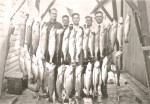

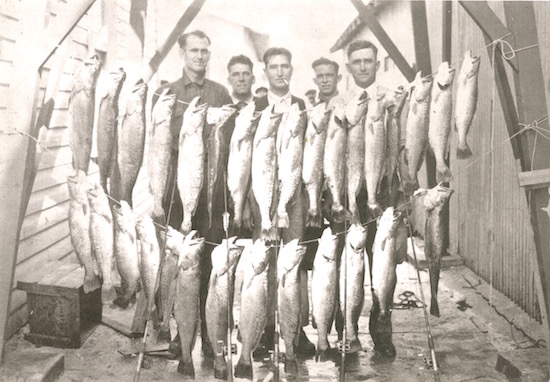



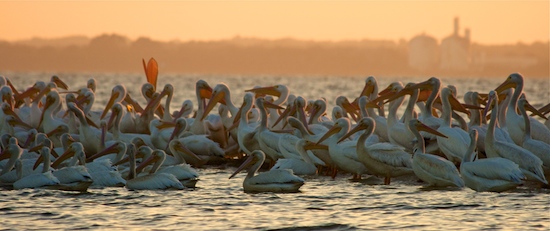
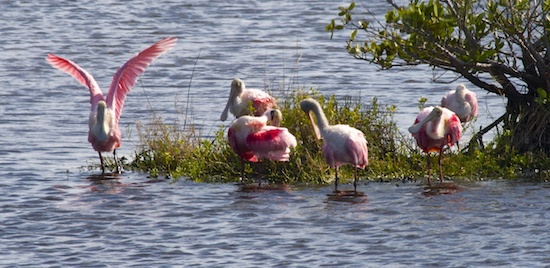
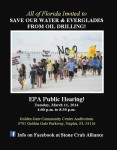


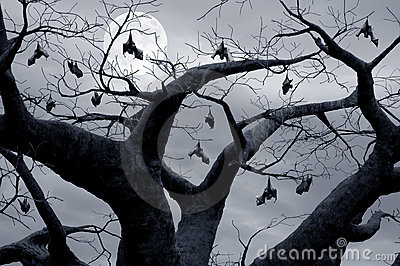
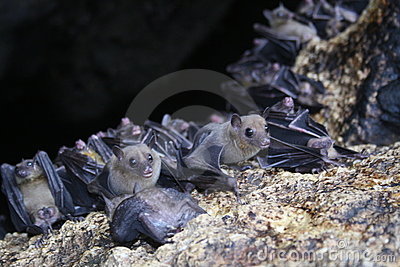
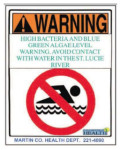
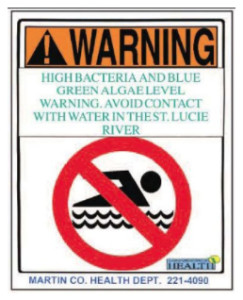
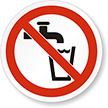
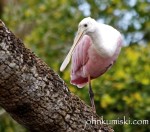
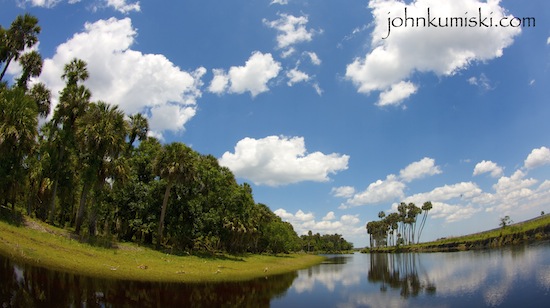
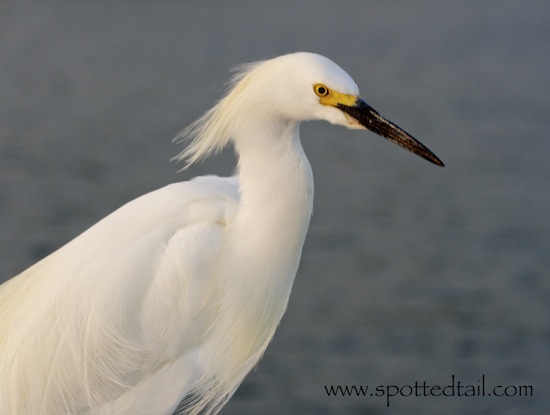
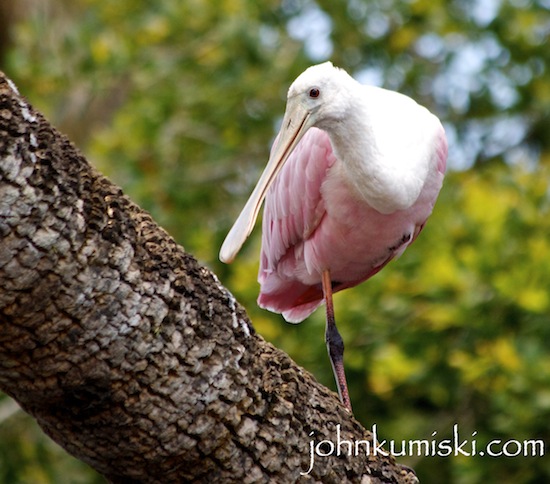
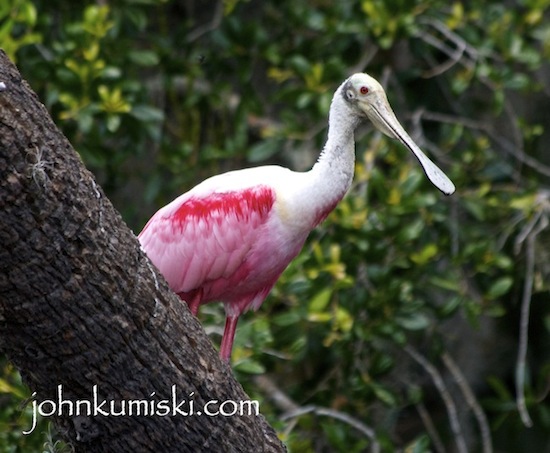
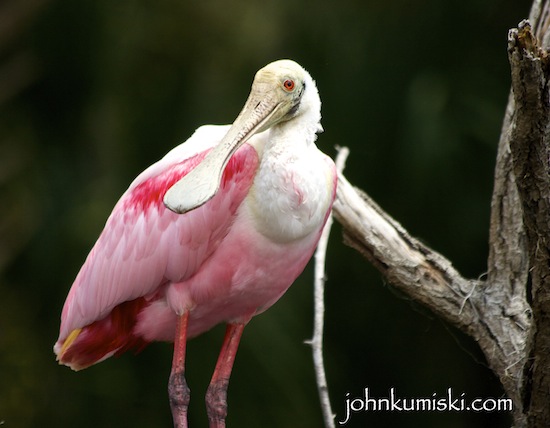
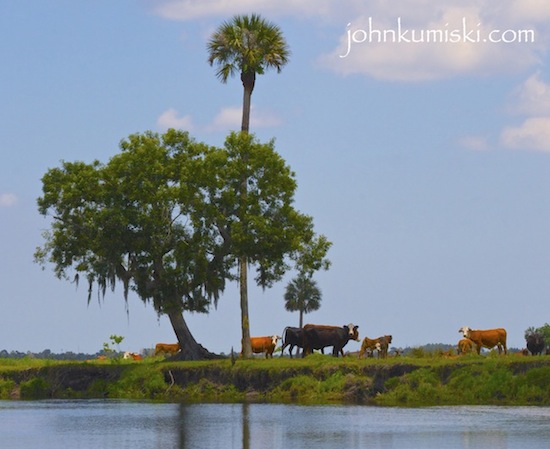
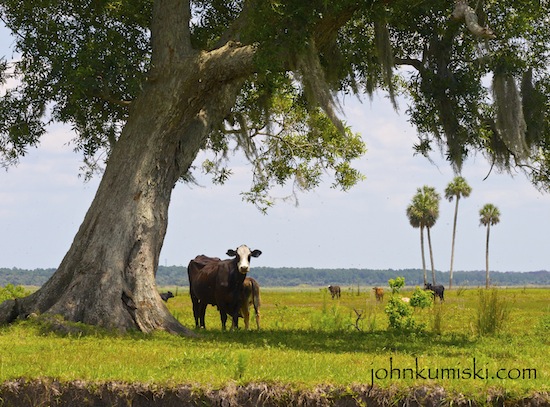
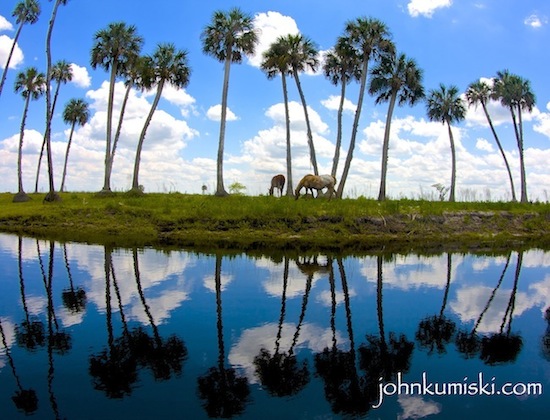
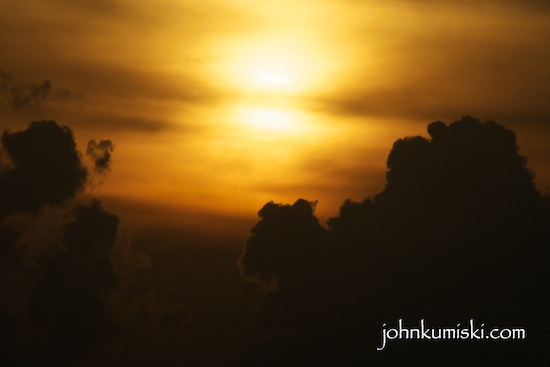
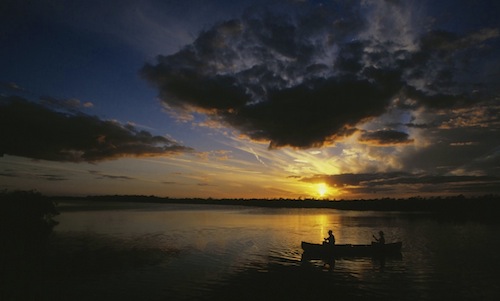
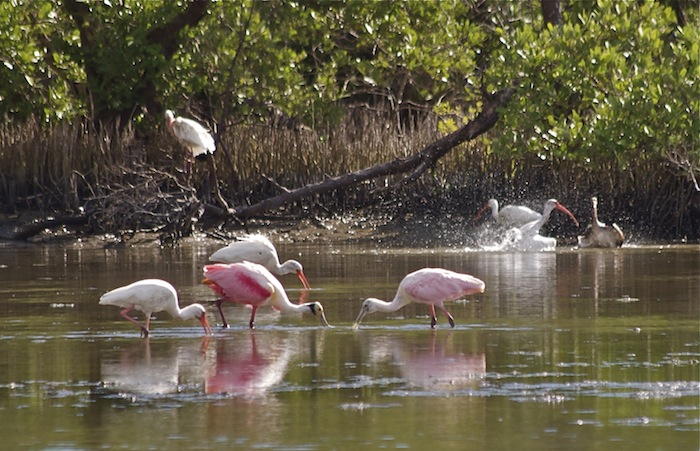

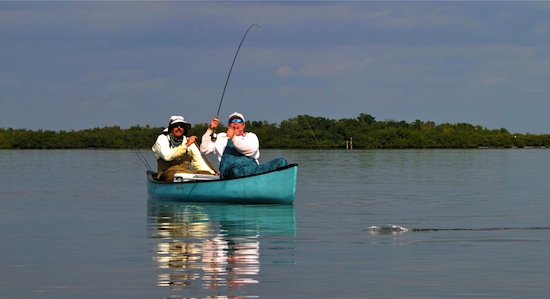
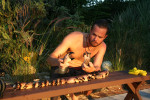
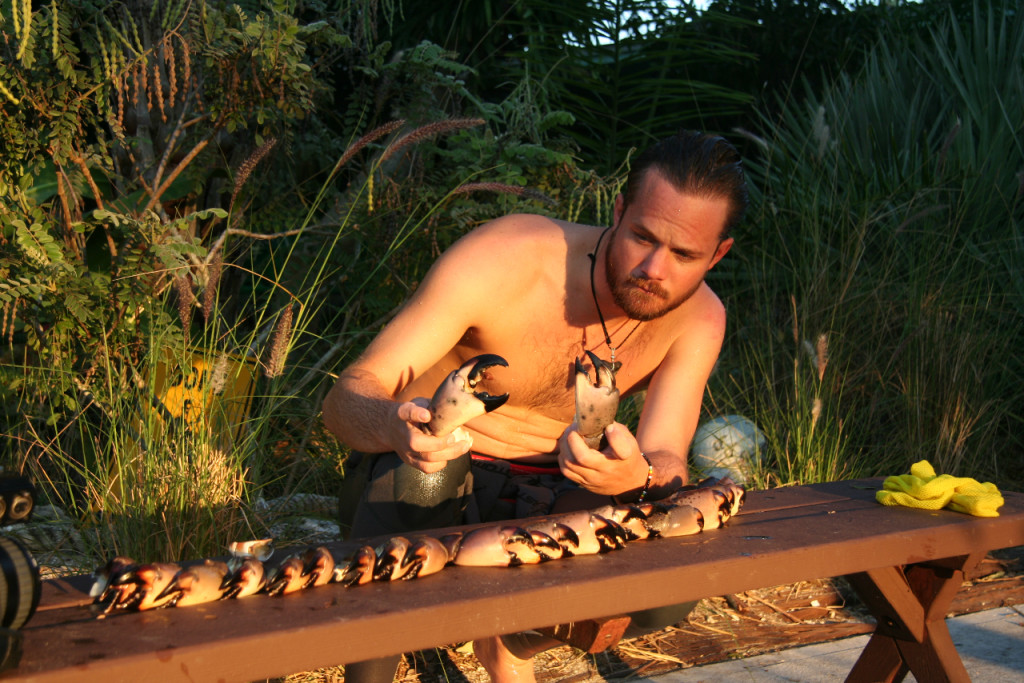
Recent Comments